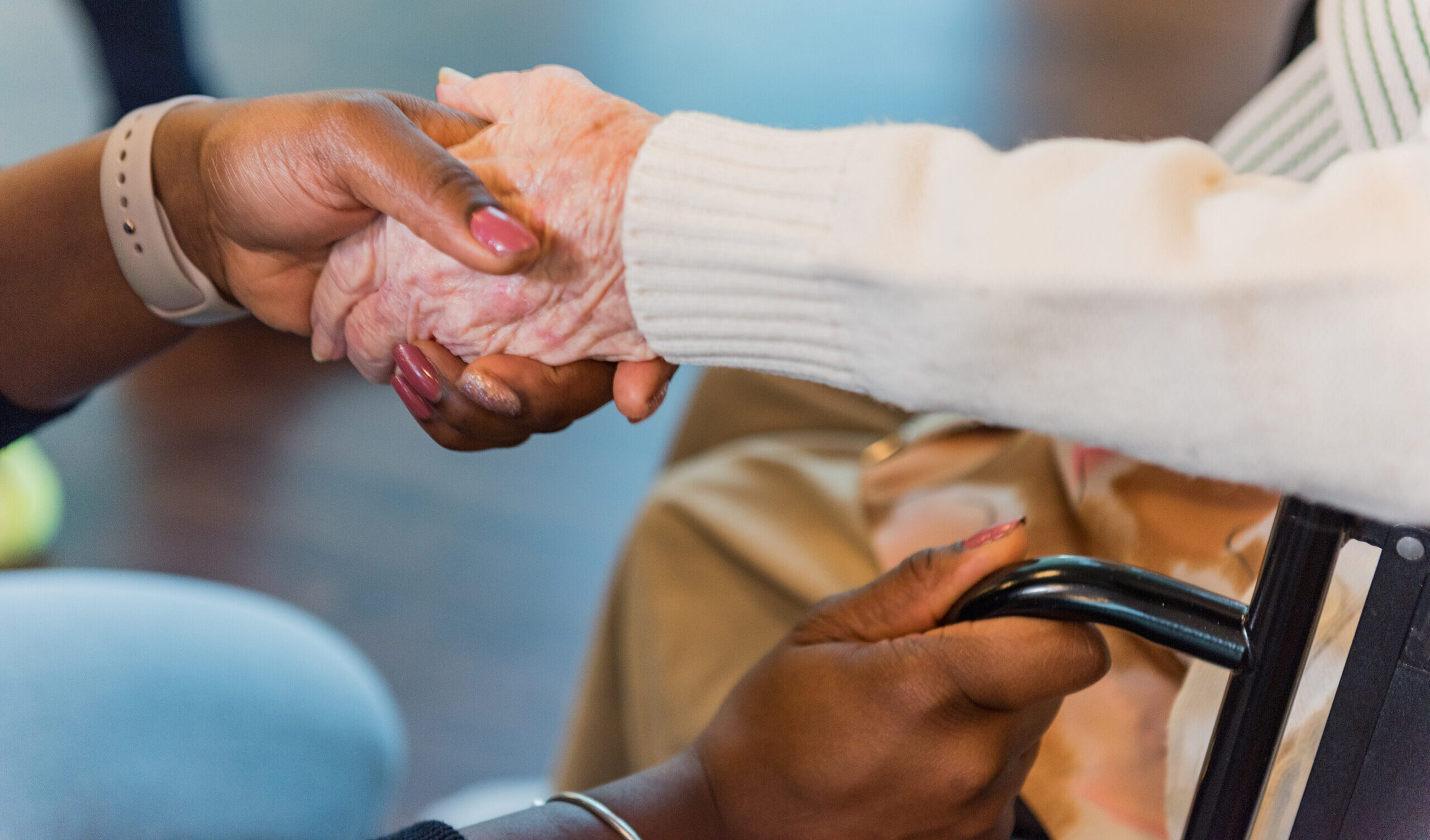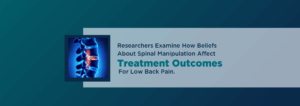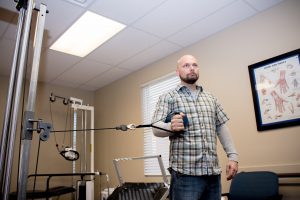World Arthritis Day

Back to physical health resource hub
October 12th is World Arthritis Day or WAD. This day aims to help raise awareness in all audiences across the world of the existence and impact of this disease, as well as treatment plans and interventions.
What is arthritis?
Arthritis is an umbrella term covering over 100 conditions that affect the joints, tissues around the joints and other connective tissues. Diagnosis is often from inflammation of a joint, whether acute or chronic, which is accompanied by pain and structural changes. Some of the most common types of arthritis are: osteoarthritis, rheumatoid arthritis and juvenile arthritis.
Osteoarthritis
Osteoarthritis is the most common form of arthritis in the United States, affecting over 30 million people. With OA, the cartilage within a joint begins to break down and the underlying bone begins to change. This can cause pain, stiffness, and swelling resulting in decreased quality of life. Risk factors for OA include; joint overuse, older age, females, and obesity. While there is no cure for osteoarthritis, a combination of therapies may be beneficial. These therapies include; increasing physical activity, physical therapy focused on weight bearing and strengthening exercises, weight loss, medication, or surgery.
Rheumatoid Arthritis
Rheumatoid Arthritis is an autoimmune disease where the body attacks its own tissues. This causes fluid build up in the joints that creates swelling and inflammation throughout the body. The most common signs and symptoms are pain, aching, stiffness, tenderness and swelling in more than one joint. People diagnosed with RA often feel just fine for several days, weeks or months, and then experience an acutely painful “flare up” of symptoms. RA is not a curable disease, however early diagnosis is important to reduce the inflammation in the joints.
Juvenile Idiopathic Arthritis (JIA)
Juvenile idiopathic arthritis (JIA) affects more than 50,000 children in the United States alone, ages 6 months to 18 years. Signs and symptoms in children such as joint pain, swelling, fever, stiffness, rash, fatigue, loss of appetite and difficulty with activities of daily living are not to be written off. While there is no cure for JUA, remission (little or no symptoms) is possible. Physical and occupational therapy can improve a child’s quality of life by teaching them ways to stay active and perform daily tasks with ease, including balance, motor skills, coordination and strengthening.
Learn More About World Arthritis Day
For more information about World Arthritis Day and to learn more about different types of arthritis, you can visit the https://curearthritis.org/wad/
If you have a diagnosis of any form of arthritis and would like to know more about physical or occupational therapy treatment, reach out to your local Brooks Rehabilitation for more information.


